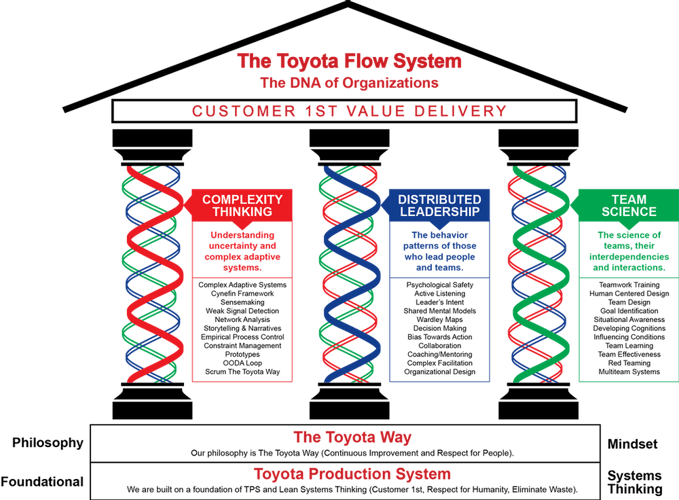
Whether you are thriving or just surviving in the current climate, the need has never been greater to build adaptive capacity. Some of the challenges we’re hearing about are:
- Postponing or reduction of asset maintenance in the electricity sector as capital (limited by regulation) flows to new infrastructure to keep up with growth in demand.
- Inadequate capital in the agricultural sector due to Overseas Investment Office rules keeping land value lower and reducing its attraction as an investment.
- The banking sector is facing rapidly shifting consumer preferences, AI and competition from alternative financial products.
- Government, Telco and Retail sectors downsizing, creating uncertainty for staff and service providers and reducing productivity in the short term as day-to-day decision making stalls.
All of these examples are nuanced, unfold over different timeframes and are tangled up with a few other moving parts. We also want to acknowledge the mental and emotional toll that these situations can create for leaders. There are often logical arguments on both sides of the issue and opportunities and threats mixed in. Yet there’s no ‘silver bullet’ solution or a predictable path to where these issues will be three months from now. It's easy to get paralysed by the complexity.
What you can do is build and activate your adaptive capacity. Adaptive capacity is your organisation's readiness and resilience to navigate unforeseen circumstances, exploit emerging opportunities, and mitigate risks. Think of it as the capacity to learn, create new value, and evolve over time, allowing you to remain competitive and relevant.
What does adaptive capacity look like?
- Increased awareness of the boundaries, connections and tensions in your context to provide you with appropriate options for you to choose between. Are you actively exploring the boundaries, connections, and tensions within your environment to uncover a range of strategic options, and do you understand the spectrum of influences shaping these options?
- A clear sense of direction of what you want to move towards and away from, without the rigidity of long-term goals, that helps you know what’s on or off the table when a new opportunity or threat comes your way. Do you have a clear sense of direction demonstrated in your decision making?
- Decision making processes that engage multiple perspectives and allow for curiosity giving you the ability to distinguish between what you will execute now, what you will explore through small experiments (probes) and what you will monitor for an opportune time to act. How do you access multiple perspectives and probe your environment to make sense and act?
- Improved flow of information and resources to create value for your customers, working with your natural human decision making and removing overly rigid processes. What could you do to improve the flow of information and resources to deliver greater value to your customers? Where could you rely more on human judgement than over analysis to make faster and contextually appropriate decisions?
Whether the work to be done is strategy development or activation, risk management, enabling innovation or prioritisation, we work with our clients to help them build adaptive capacity in their organisation.
With investment funds, we have implemented our adaptive strategy method to allow our clients to integrate their organisational decision making and investment processes so they can take a more streamlined approach to portfolio construction. This changes the culture from one of internal competition for capital to a ‘one team’ approach to maximising the risk based return for the whole fund. With electricity distribution businesses and a state-owned enterprise we have introduced a different approach to prioritisation by mapping a common operating picture, establishing a shared decision-making process and making choices through collaboration rather than competition.
To build your adaptive capacity further get in touch below to hear more about how we can support you.





